| Flustridae | |
|---|---|
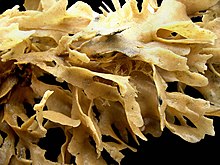 | |
| Colony of Flustra foliacea | |
| Scientific classification | |
| Kingdom: | |
| Phylum: | |
| Class: | |
| Order: | |
| Suborder: | |
| Superfamily: | Flustroidea Fleming, 1828 |
| Family: | Flustridae |
| Genera | |
| |
Flustridae is a family of bryozoans in the suborder Flustrina. [2]
| Flustridae | |
|---|---|
 | |
| Colony of Flustra foliacea | |
| Scientific classification | |
| Kingdom: | |
| Phylum: | |
| Class: | |
| Order: | |
| Suborder: | |
| Superfamily: | Flustroidea Fleming, 1828 |
| Family: | Flustridae |
| Genera | |
| |
Flustridae is a family of bryozoans in the suborder Flustrina. [2]
Family is one of the eight major hierarchical taxonomic ranks in Linnaean taxonomy; it is classified between order and genus. A family may be divided into subfamilies, which are intermediate ranks between the ranks of family and genus. The official family names are Latin in origin; however, popular names are often used: for example, walnut trees and hickory trees belong to the family Juglandaceae, but that family is commonly referred to as being the "walnut family".

A mongoose is a small terrestrial carnivorous mammal belonging to the family Herpestidae. This family is currently split into two subfamilies, the Herpestinae and the Mungotinae. The Herpestinae comprises 23 living species that are native to southern Europe, Africa and Asia, whereas the Mungotinae comprises 11 species native to Africa. The Herpestidae originated about 21.8 ± 3.6 million years ago in the Early Miocene and genetically diverged into two main genetic lineages between 19.1 and 18.5 ± 3.5 million years ago.
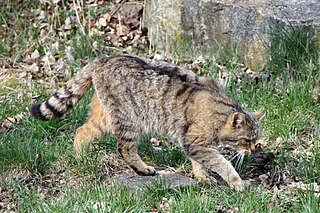
Felis is a genus of small and medium-sized cat species native to most of Africa and south of 60° latitude in Europe and Asia to Indochina. The genus includes the domestic cat. The smallest Felis species is the black-footed cat with a head and body length from 38 to 42 cm. The largest is the jungle cat with a head and body length from 62 to 76 cm.
In cryptography, 3-Way is a block cipher designed in 1994 by Joan Daemen. It is closely related to BaseKing; the two are variants of the same general cipher technique.

Diethylstilbestrol (DES), also known as stilbestrol or stilboestrol, is a nonsteroidal estrogen medication, which is rarely used. In the past, it was widely used for a variety of indications, including pregnancy support for women with a history of recurrent miscarriage, hormone therapy for menopausal symptoms and estrogen deficiency in women, treatment of prostate cancer in men and breast cancer in women, and other uses. By 2007, it was only used in the treatment of prostate cancer and breast cancer. In 2011, Hoover and colleagues reported on adverse health outcomes linked to DES including infertility, miscarriage, ectopic pregnancy, preeclampsia, preterm birth, stillbirth, infant death, menopause prior to age 45, breast cancer, cervical cancer, and vaginal cancer. In 2020 the GoodRx and Walgreens' sites do not list diethylstilbestrol. While most commonly taken by mouth, DES was available for use by other routes as well, for instance, vaginal, topical, and by injection.

Ailuropoda is the only extant genus in the ursid (bear) subfamily Ailuropodinae. It contains one living and three fossil species of panda.
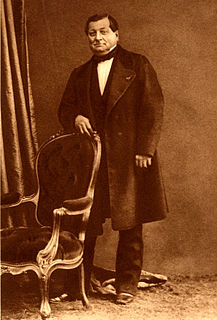
Jean Baptiste Alphonse Déchauffour de Boisduval was a French lepidopterist, botanist, and physician.
In cryptography, LOKI89 and LOKI91 are symmetric-key block ciphers designed as possible replacements for the Data Encryption Standard (DES). The ciphers were developed based on a body of work analysing DES, and are very similar to DES in structure. The LOKI algorithms were named for Loki, the god of mischief in Norse mythology.
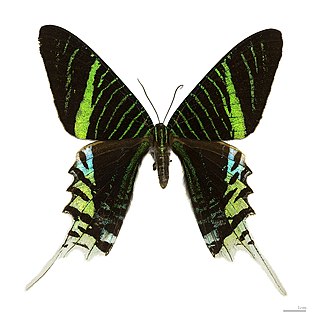
The Uraniidae are a family of moths containing four subfamilies, 90 genera, and roughly 700 species. The family is distributed throughout the tropics of the Americas, Africa and Indo-Australia. Some of the tropical species are known for their bright, butterfly-like colors and are called sunset moths. Such moths are apparently toxic and the bright colors are a warning to predators.

The Felinae are a subfamily of the family Felidae. This subfamily comprises the small cats having a bony hyoid, because of which they are able to purr but not roar.

Bicosoecida (ICZN) or Bicosoecales/Bicoecea (ICBN) is an order of Bikosea, a small group of unicellular flagellates, included among the heterokonts. Informally known as bicosoecids, they are a small group of unicellular flagellates, included among the heterokonts. The cells are free-living, with no chloroplasts, and in some genera are encased in a lorica.

The Phylloxeroidea is a small superfamily of the Hemiptera within the infraorder Aphidomorpha which is closely related to the aphids which are traditionally included in the Aphidoidea, which is the sister taxon. The two extant families are the pine and spruce aphids and the phylloxerans (Phylloxeridae), including vine phylloxera, a serious pest of grapevines.
Anasca was a bryozoan sub-order under class Cheilostomida defined by the lack of an ascus in each zooid. It is no longer an accepted taxonomic grouping as it is considered a polyphyletic and/or paraphyletic grouping. The group is now subdivided into the suborders Inovicellata, Scrupariina, Malacostega, and Flustrina.

Flustrina is a suborder under the order Cheilostomatida of gymnolaematan Bryozoa.

U-50488 is a drug which acts as a highly selective κ-opioid agonist, but without any μ-opioid antagonist effects. It has analgesic, diuretic and antitussive effects, and reverses the memory impairment produced by anticholinergic drugs. U-50488 was one of the first selective kappa agonists invented and research on its derivatives has led to the development of a large family of related compounds. This compound has never received FDA approval and there are no reported human cases in the literature involving an U-50488 overdose.
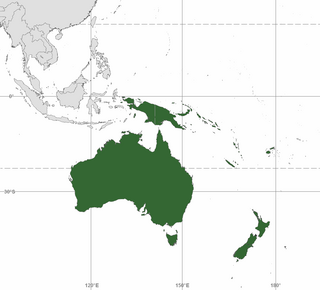
Australasia is a region which comprises Australia, New Zealand, and some neighbouring islands. The term is used in a number of different contexts including geopolitically, physiogeographically, and ecologically where the term covers several slightly different but related regions.
Beaniidae is a small bryozoan family in the cheilostomatan suborder Flustrina and superfamily Buguloidea. Their zooids have a weak box-like shell of calcium carbonate as most Flustrina, and in this family typically arranged disjunctly, connected by small tubes, and often boat-shaped. One species, Amphibiobeania epiphylla, is the only known amphibious bryozoan known as of 2008/09.

Benocyclidine, also known as benzo
Carbasea is a genus of bryozoans in the family Flustridae.
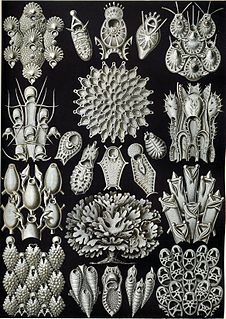
Cupuladria is a genus of bryozoans in the suborder Flustrina.
Nearly all the remaining species belong to the groups designated as Flustridae, Onychocellidae, Opesiulidae, and Costulidae. The Flustridae correspond with the Flustrina of other authors.
| | This bryozoan-related article is a stub. You can help Wikipedia by expanding it. |